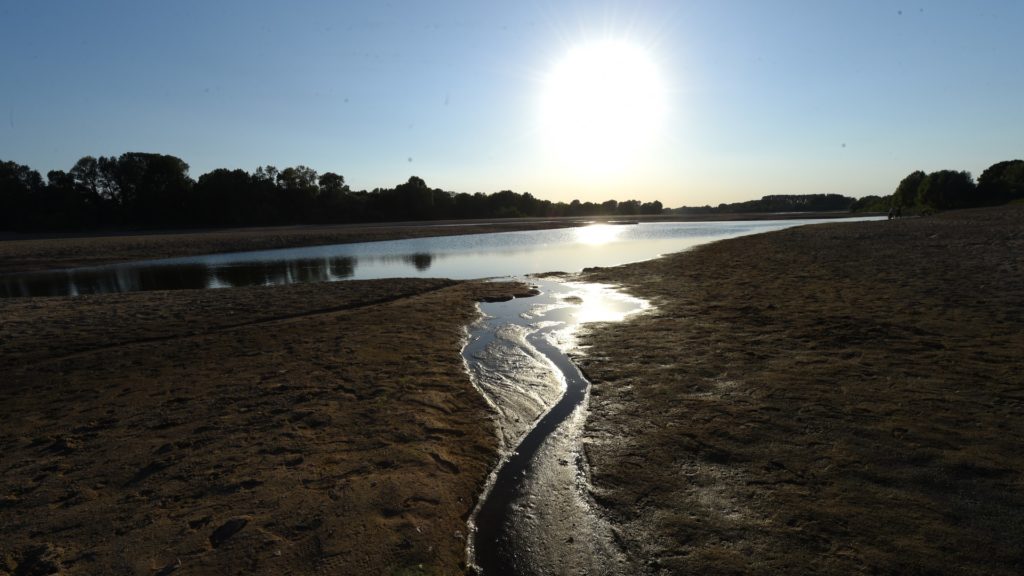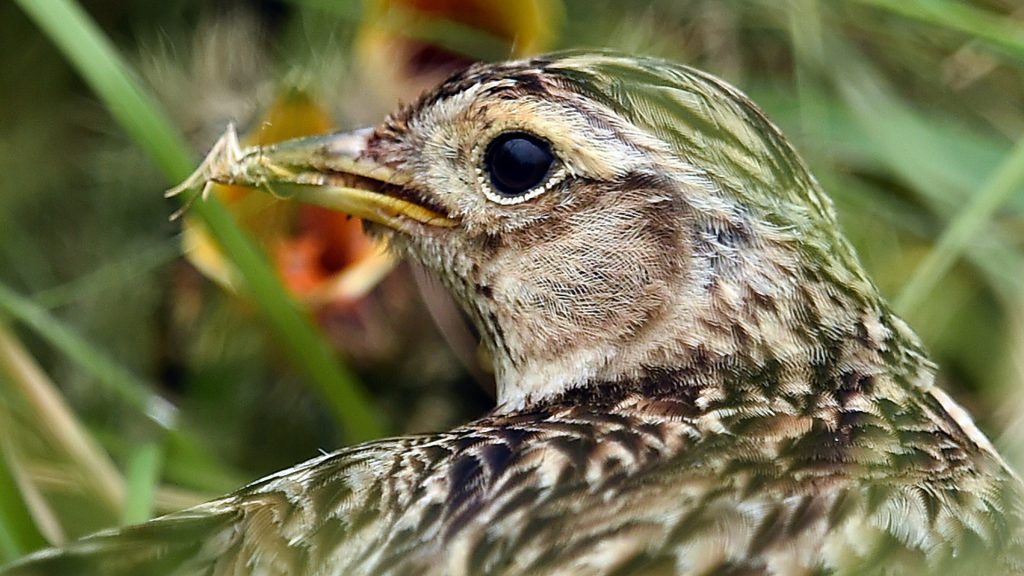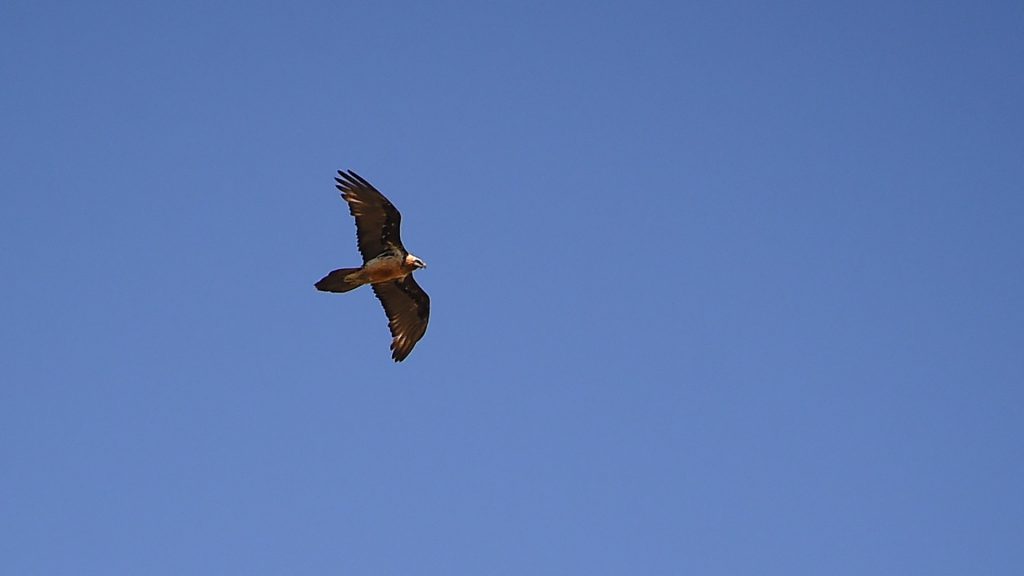80% of Europe’s natural habitats in poor shape: report

More than 80 percent of the European Union’s natural habitats are in poor or bad condition and more must be done to protect them, the European Environment Agency (EEA) has warned in a report.
The study published on Monday, which covers the period 2013-2018, shows a deterioration from the 2007-2012 period when 77 percent of natural habitats were in “unfavourable” condition.
“We clearly need a large-scale restoration in Europe,” one of the authors of the report, EEA expert Carlos Romao, told reporters.
“This is a must not only for biodiversity but also for the climate change agenda,” he said.

Common farmland species such as the skylark, and habitats such as wet heaths, are declining across the continent.
Habitats and species are facing numerous pressures, including intensive agriculture, urban sprawl — coupled with tourism and recreation — unsustainable forestry activities, and pollution, among others.
Climate change, with increasing drought and decreasing rainfall, also poses a challenge.
>>> READ ALSO – French fishermen on tenterhooks as Brexit talks drag on
In the six-year study, the EAA registered over 67,000 types of human activities that harmed the environment in the 28 EU member states, including Britain.
Less than half of bird species in the EU, 47 percent, have a “good” conservation status, five percentage points fewer than in the previous 2007-2012 reporting period.

Habitats important to pollinators are another area of concern, as they are crucial to the planet’s biodiversity. Their conservation status has deteriorated more than others, the report showed.
But the conclusions are not all dire.
The number of animal species whose conservation status was “good” was 27 percent, which, while low, was four percentage points higher than in the previous study.
And conservation efforts are paying off.
Natural habitats covered by the EU’s Natura 2000 network are doing better than other habitats, the EEA said.

As a result, a number of species and habitats have improved, such as the agile frog in Sweden, coastal lagoons in France and the bearded vulture across the EU.
The areas protected by Natura 2000 covered 18 percent of EU land, unchanged from 2012, and 10 percent of marine areas, up by four percentage points.
>>> READ ALSO – European Parliament pushes for greener targets in new climate law
Danish environmental group Noah, a member of the “Friends of the Earth” umbrella organisation, said however that this was not enough.
“At least 30 percent of land and 30 percent of marine areas in the EU should be protected by law, and environmental corridors should be made a part of a real trans-European nature network,” it said in a study in early October.
Climate change scenarios
Source: ednHUB / Agence France-Presse